I commute several times a week from my country town to the SYSTRA office in Reading, a countryside journey of just over an hour by bus. It’s a really beautiful journey and in recent times it’s become a service that is more popular – the rising fuel costs and the £2.00 have brought others to join the hotel cleaners, the hospital nurses, the supermarket manager, the college-goer and myself (among others) as regulars on the sunrise journey.
“History may not repeat itself. But it rhymes” is a saying often attributed to Mark Twain. With a glass half-empty, perhaps these recent years – with an acceleration in the decline of trips by bus, reduction in services, fewer drivers and increased costs, for example in fuel – rhymes with the 1970s (see my recent report on county bus services for more details). Yet perhaps we can seize some opportunities – as my commuting experience hints. Perhaps there is an opportunity for a fundamental reset of the delivery of the rural public transport network and the medium-term improvement and growth of the rural public transport market.
A multi-pronged strategy is required for this, acknowledging that the deliverability of individual measures varies from location to location. Below, I set out just some ideas I see as essential for success to improve buses and related transport in rural areas:
A united approach to rural public transport
Currently local buses – many ones requiring support by councils and other LTAs – usually run separately to many school services. Both of these services run separately to NHS non-emergency transport. These services all run separately to shared taxis, which also run separately to community transport services. The latest type of demand responsive transport – operated using digital apps – often runs separately to all of these, and then everything runs separately to Park & Ride bus services outside towns that have this. Finally, with the exception of PlusBus tickets in some locations, local rail services are completely separate from all the other types of rural public transport.
If we could have an app (supported by telephone contacts) that would enable all of these services – and more – to plan and book this public transport together, that would remove much of the duplication of services and likely reduce the cost of supporting rural public transport. There would be a number of hurdles to overcome: for example, some school services would likely need to be open only to pupils for security or capacity reasons, or there may be licencing issues to enable shared taxis to run as buses, but this could surely be worked through.
Parcels delivery could also help guarantee the financial sustainability of deeply rural demand responsive transport bus routes, which run at a loss and rely on government grants or council subsidy. SYSTRA was part of a recent study that identified substantial additional revenue to rural DRT operations through integrating parcel delivery into DRT minibus services. Potentially, firms like Evri or Amazon may be the financial saviours of demand responsive transport services in future.
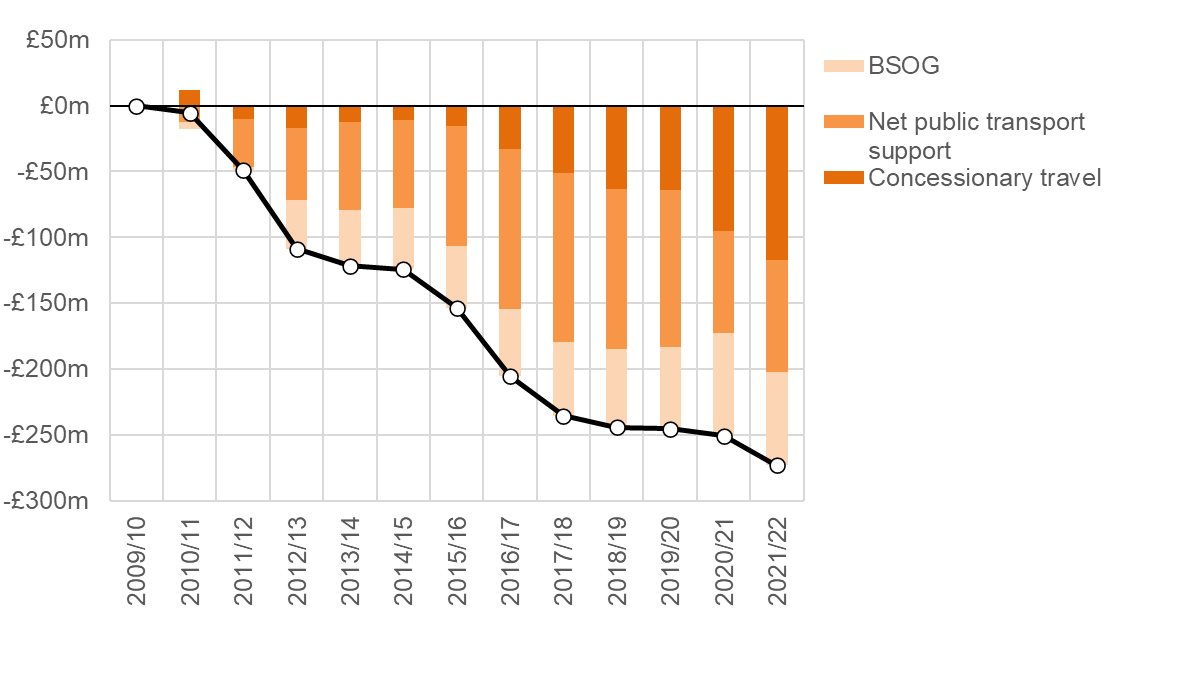
change since 2009/10, adjusted for inflation
Combining authorities’ back-room operations to reduce costs
While there is likely to be a political discussion about how far different councils or sub-regional bodies wish to have a sole corporate identity to their rural public transport offer, uniting back-room services – whether ticketing, software to run the united services, telephone centres or other – is a clear way to reduce costs and make the supported service more viable and less likely to be cut once any government support runs out.
SYSTRA’s ticketing team have been involved previously in ticketing software that have served several LTAs and produced high quality outputs. As we move towards digital ticketing, we are in a position to support clients again.
ZEBRA and other alternative fuel options
Eco-friendly alternatives like electric or at least hybrid vehicles can be adopted. Although this is sometimes a more expensive up-front investment compared to traditional buses, the long-term reduction in fuel costs is significant, the image to potential users is improved and the environmental impact of vehicles is reduced. The recent ZEBRA2 scheme with finance now awarded by government is a great opportunity to facilitate this investment and we are poised to help councils and LTAs to implement ZEBRA2 schemes, using our experience from the UK and worldwide to back us up.
The State of County Buses: Recovering Services Post-Pandemic
In light of the growing pressures facing county bus networks, the County Councils’ Network engaged SYSTRA in 2023 to undertake a comprehensive review of the English county bus services offer and the impact of recent policy developments. Download and view the report below.
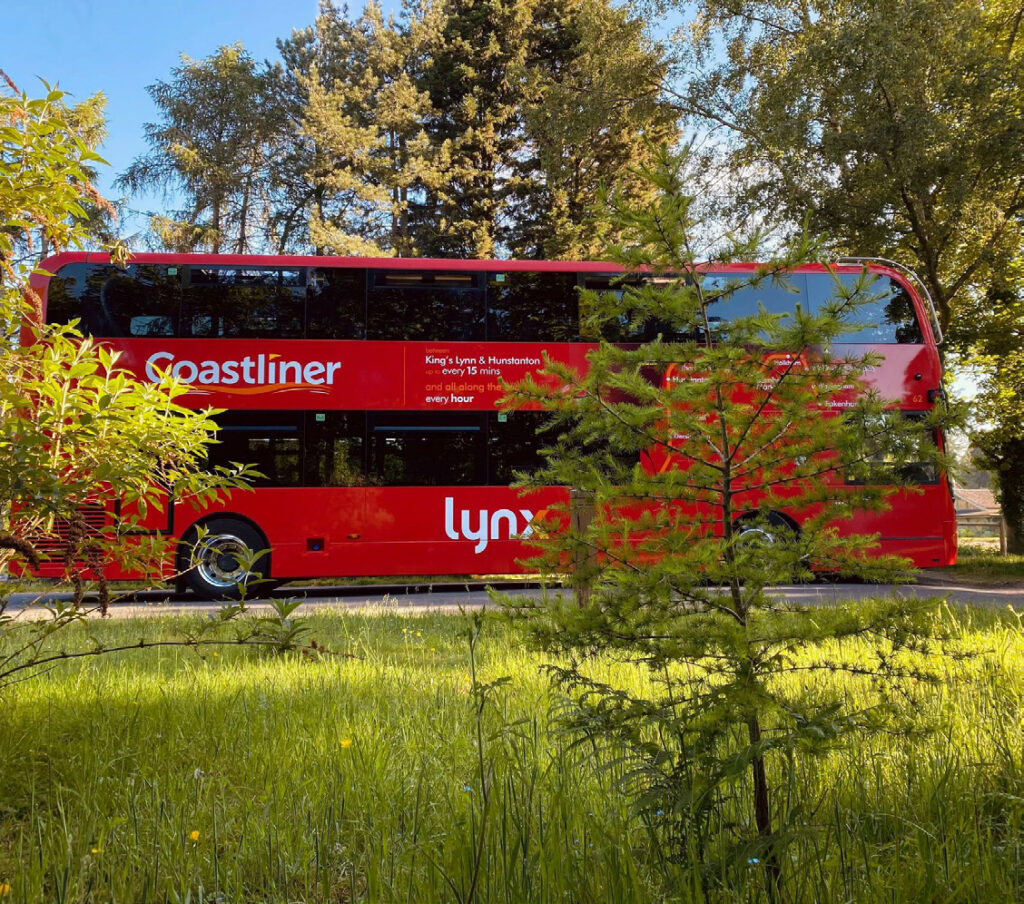
Community engagement
No measures can reach their optimum impact without publicity, influence, understanding and buy-in from local residents and politicians. Some of the most innovative measures have failed because of opposition from the community. There is also a correlation between the towns and cities with the most active and well-organised passenger groups and the most well used bus services.
SYSTRA has a team practised in community engagement and market research and can help local communities be at the centre of improvements. We can implement as many technological improvements as we like, but if they are not bought-into and understood by customers, there is little point!
I’m really looking forward to coming up with some new ideas in the forthcoming months – binding this all together. Watch this space!
you may also like

- markets
Local Transport
Read more sur Local Transport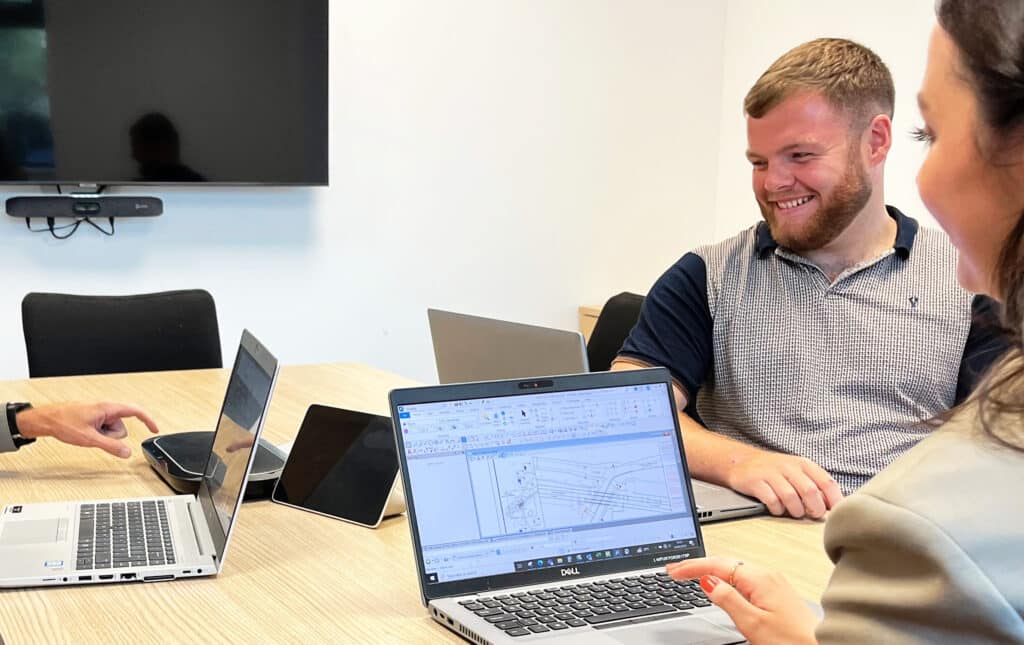
- services
Transport Networks and Operations Planning
Read more sur Transport Networks and Operations Planning
- services
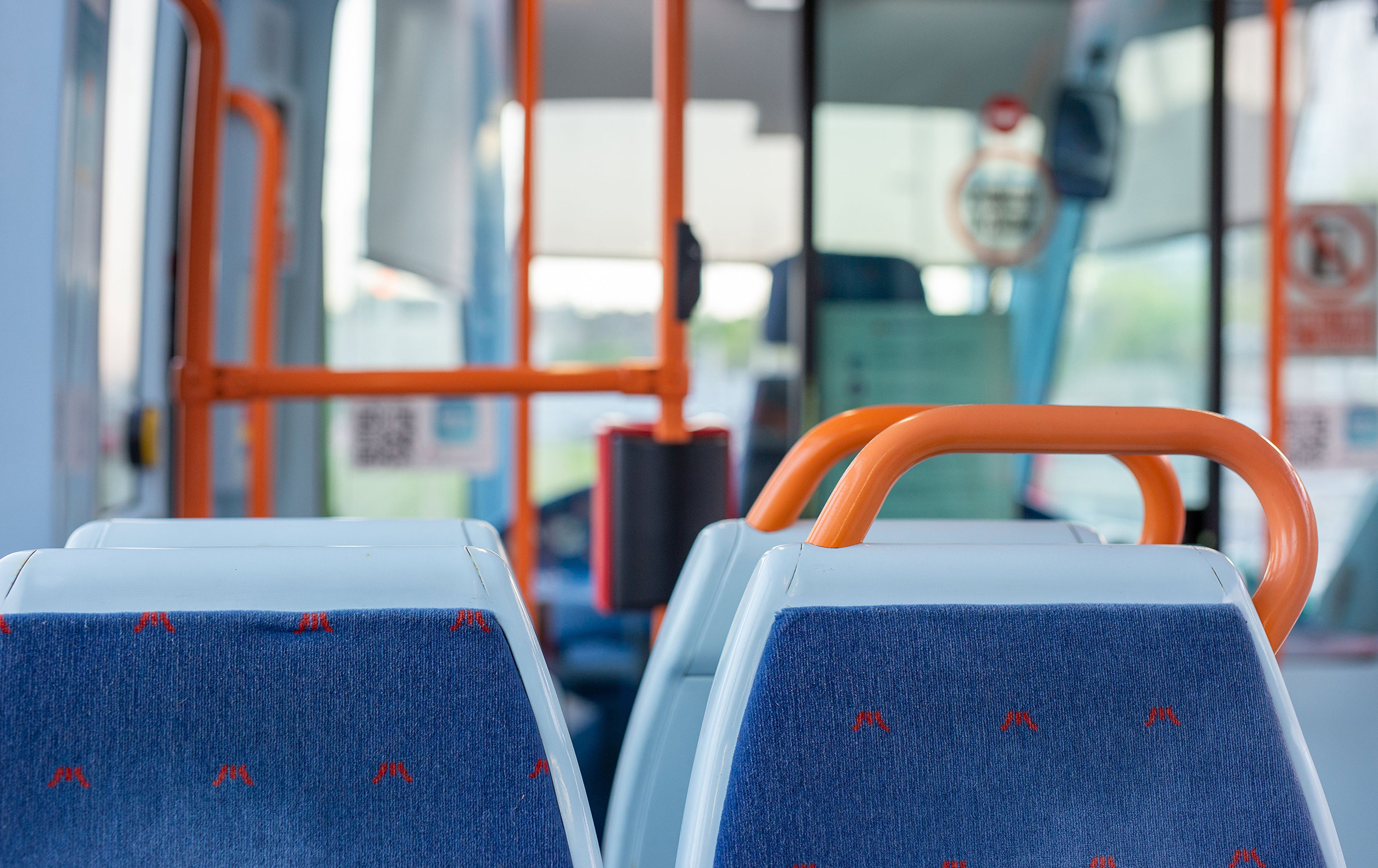
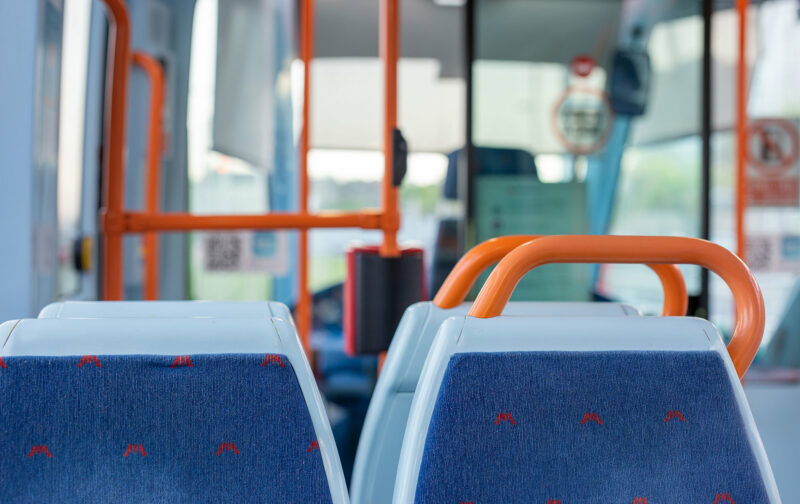
 Australia
Australia  Brazil
Brazil  Canada
Canada  Chile
Chile  China
China  Columbia
Columbia  Denmark
Denmark  Egypt
Egypt  France
France  India
India  Indonesia
Indonesia  Ireland
Ireland  Italy
Italy  Malaysia
Malaysia  New Zealand
New Zealand  Norway
Norway  Panama
Panama  Peru
Peru  Poland
Poland  Portugal
Portugal  Saudi Arabia
Saudi Arabia  Singapore
Singapore  South Korea
South Korea  Spain
Spain  Sweden
Sweden  Taiwan
Taiwan  Thailand
Thailand  Türkiye
Türkiye  United States
United States  Vietnam
Vietnam